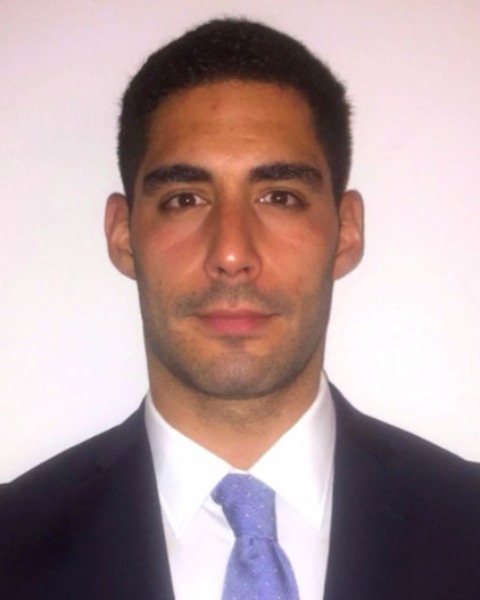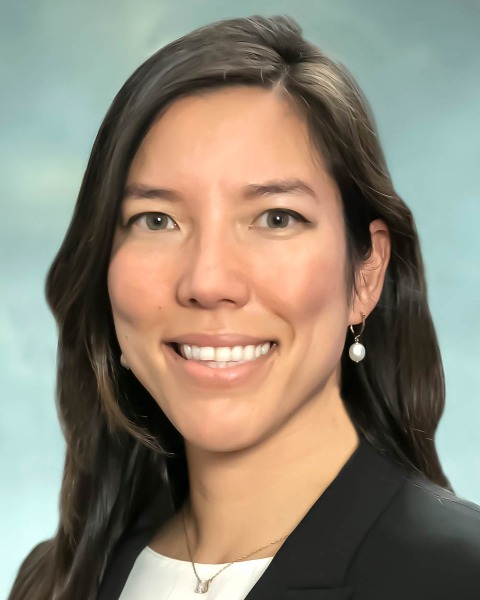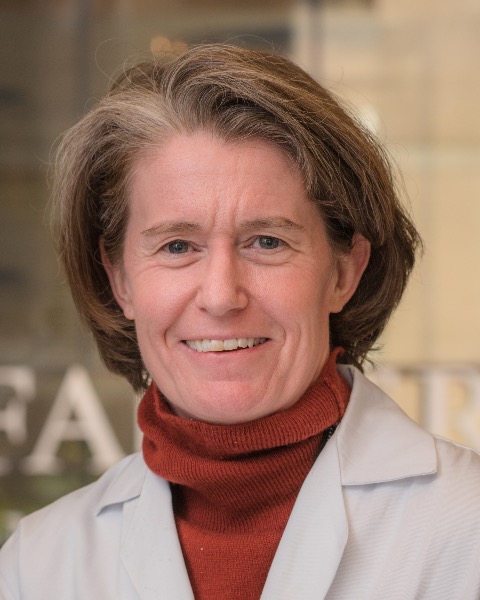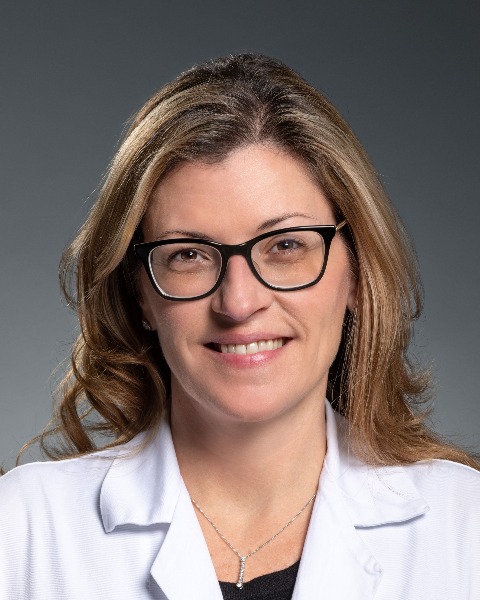Breast
E74: National Patterns of Axillary Management for Positive Sentinel Lymph Nodes after Neoadjuvant Chemotherapy for Breast Cancer

Andreas Giannakou, MD
Breast Surgical Oncology Fellow
Massachusetts General Hospital/Dana Farber Cancer Institute- Brigham, United States
Andreas Giannakou, MD
Breast Surgical Oncology Fellow
Massachusetts General Hospital/Dana Farber Cancer Institute- Brigham, United States
Andreas Giannakou, MD
Breast Surgical Oncology Fellow
Massachusetts General Hospital/Dana Farber Cancer Institute- Brigham, United States
Gabi Barmettler, MD
Breast Surgical Oncology Fellow
Massachusetts General Hospital/Dana Farber Cancer Institute- Brigham
Boston , Massachusetts, United States
Laura Dominici, MD
Associate Chief of Surgery
Brigham and Women's Faulkner Hospital; Associate Surgeon, Brigham and Women's Hospital, Dana-Farber Cancer Institute
Scituate, Massachusetts, United States- SM
Sara Myers, MD
Assistant Professor
Brigham and Women's Hospital, United States - JB
Jenifer Bellon, MD
Director, Breast Radiation Oncology
Danna Farber Cancer Institute, United States 
Elizabeth A. Mittendorf, MD, PhD, MHCM (she/her/hers)
Professor of Surgery
Brigham and Women's Hospital, Dana Farber Cancer Institute
Boston, Massachusetts, United States
Tari A. King, MD (she/her/hers)
Chief, Division of Breast Surgery
Brigham and Women's Hospital, Dana-Farber Cancer Institute
Boston, Massachusetts, United States
Olga Kantor, MD (she/her/hers)
Assistant Professor
Brigham and Women's Hospital
Boston, Massachusetts, United States
ePoster Abstract Author(s)
Submitter(s)
Author(s)
Methods: The National Cancer Database was used to identify patients with cT1-T3N0-N1M0 breast cancer treated with NAC and found to have +SLN from 2018-2020. Patterns of axillary management (SLN biopsy [SLNB] alone, SLNB + AxRT, ALND alone, and ALND + AxRT) were examined. Multivariate analyses were used to identify factors associated with ALND omission including patient and tumor charactestics and treatment type.
Results:
Of 39,416 patients who received NAC, 25,967 (65.8%) were cN0 and 13,449 (34.2%) cN1. Among cN0 patients, 24,804 (95.5%) had SLNB with 2,017 (8.1%) having +SLN. Pathologic nodal status was ypN0(i+) in 1.3%, ypN1mi in 27.6%, ypN1 in 60.3%, ypN2 in 8.5% and ypN3 in 2.1%. Axillary management was SLNB alone in 21.8%, SLNB + AxRT in 32.6%, ALND alone in 17.8% and ALND + AxRT in 27.7%. Management varied based on the extent of residual nodal disease (Table), with 77.8% of ypN0(i+), 69.7% of ypN1mi, 53.8% of ypN1, 18.6% of ypN2, and 4.7% of ypN3 patients having omission of ALND (p< 0.001).
Among cN1 patients, 9,597 (71.1%) had SLNB with 3,882 (40.5%) having +SLN. Pathologic nodal status was ypN0(i+) in 1.1%, ypN1mi in 13.6%, ypN1 in 59.9%, ypN2 in 20.2% and ypN3 in 4.9%. SLNB alone was performed in 14.6%, SLNB + AxRT in 22.7%, ALND alone in 22% and ALND + AxRT in 40.5%. Management varied based on extent of nodal disease (Table), with 71.1% of ypN0(i+), 59.9% of ypN1mi, 40.5% of ypN1, 17.3% of ypN2, and 12.5% of ypN3 patients omitting the ALND (p< 0.001).
Independent predictors of ALND omission in included cN0 (OR 1.68), ypN (OR 3.34 for ypN0(i+), OR 2.07 for ypN1mi, OR 0.29 for ypN2, and OR 0.18 for ypN3 compared to ypN1), AxRT (OR 0.87), mastectomy (OR 0.62), and treatment outside of an academic cancer center (OR 1.56), all p< 0.05. Age, subtype, and insurance were not associated with ALND omission.
Conclusions:
In the modern era of NAC for breast cancer, there is variability in axillary management with >40% of node positive patients with lower volume nodal disease having omission of ALND. Results of ongoing clinical trials of ALND omission in the cN1setting will guide the safety of this approach.
Learning Objectives:
- Desrcibe the current patterns of management of the axilla after neoadjuvant treatment nationwide
- Identify factors that are more likely to lead to ommision of axillary lymp node dissection after neoadjuvant treatment
- Demonstrate caution when making decisions regarding axillary management after neoadjuvant treatment while awating randomized clinical trial data
